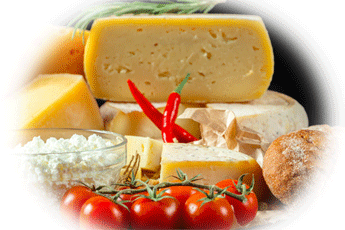 Jalapenos poppers recipes
Jalapenos poppers recipes
Jalapeno poppers (stuffed Jalapenos) have a storied past that traces back to the culinary traditions of Mexico, where spicy peppers have long been celebrated for their bold flavours. Originally, jalapeno peppers were often stuffed with cheese, dipped in batter, and fried to create a savoury treat that quickly became a favourite among food enthusiasts.
As the popularity of jalapeno poppers spread, their influence reached beyond borders, including the vibrant culinary landscapes of Brazil. In Brazil, where the cuisine is known for its bold flavours and diverse influences, jalapeno poppers found a new home, inspiring chefs to create their own unique interpretations of this beloved snack.
borders, including the vibrant culinary landscapes of Brazil. In Brazil, where the cuisine is known for its bold flavours and diverse influences, jalapeno poppers found a new home, inspiring chefs to create their own unique interpretations of this beloved snack.
Jalapeno poppers made their way to the USA through cultural exchange, immigration, and culinary innovation. Originating from Mexico, they became popularized in America through the influence of Tex-Mex cuisine and the growing Mexican immigrant population. Commercialization and adaptation led to their widespread availability as appetizers and snacks across the country.
Whether you’re hosting a gathering, in need of a tasty appetizer, or simply treating yourself to a flavourful snack, our Jalapeno Poppers Trio has something for every palate. So why wait? Embark on a culinary adventure today and discover the irresistible flavours of our Cheesy Jalapeno Poppers, Crispy Brazilian Poppers, and Jalapeno Poppers with Bacon and Cheese. Trust us, your taste buds will thank you!

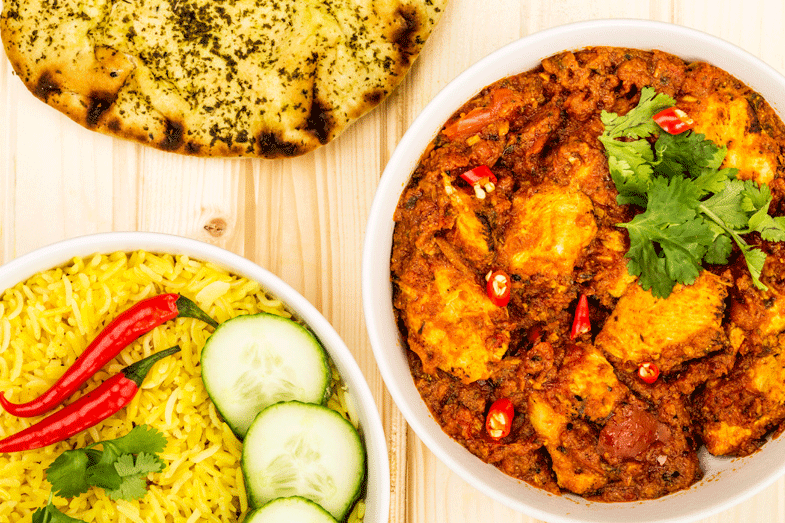 Bold and robust flavour
Bold and robust flavour with layers of complexity and depth, making every bite an adventure in taste.
with layers of complexity and depth, making every bite an adventure in taste. Using your harvest
Using your harvest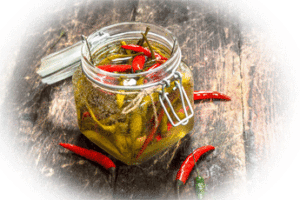 extraordinary
extraordinary 
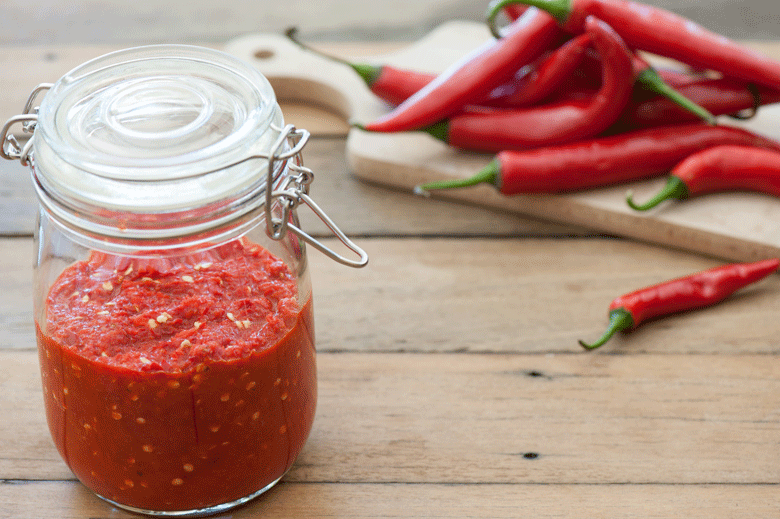
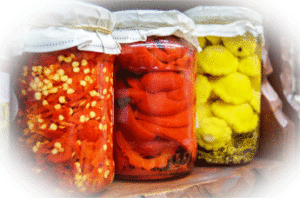

 will not be able to be stored
will not be able to be stored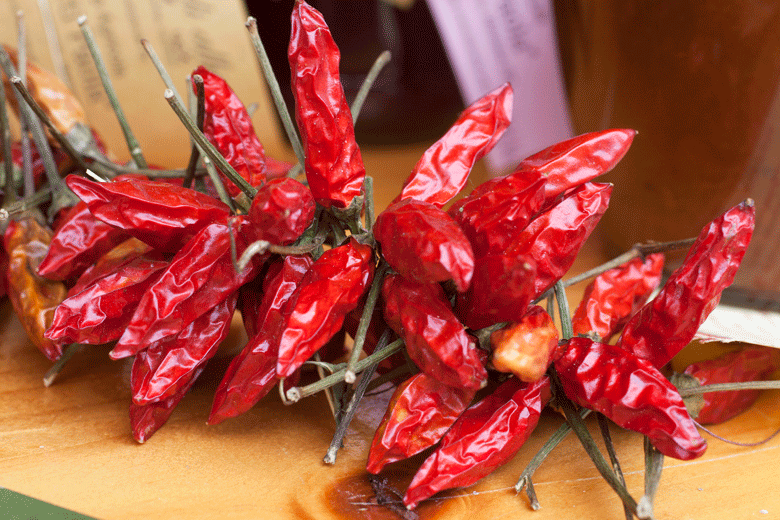
 online for between £50 and £60. They generally consist of a
online for between £50 and £60. They generally consist of a 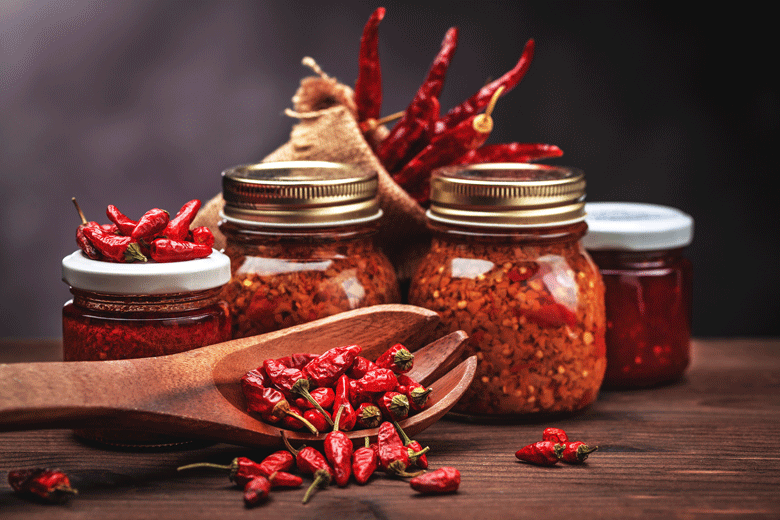

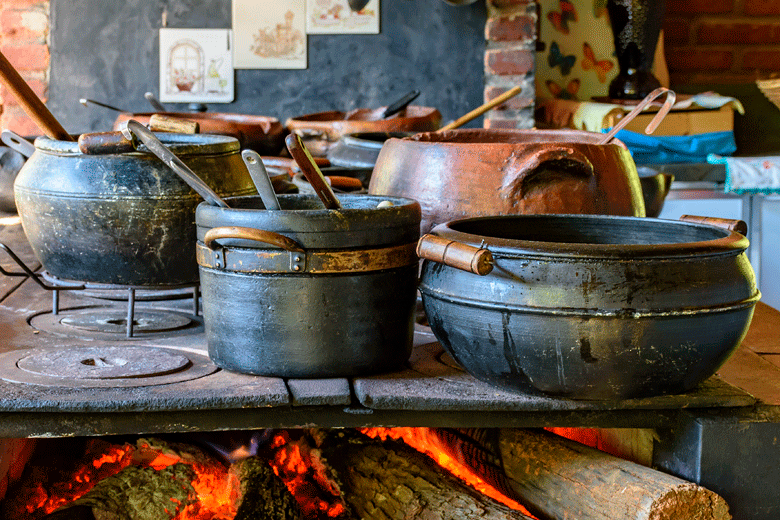
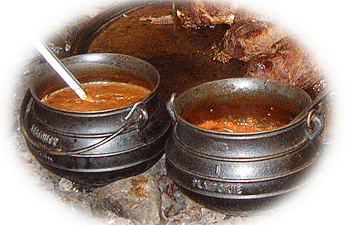
 Chillies and cheese
Chillies and cheese